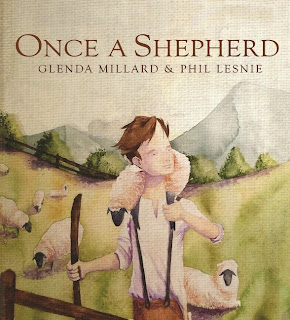Disclosure: Kathleen Burkinshaw gave me a copy of this book free of charge for this review in return for an honest review. All opinions in my review
are
my own and I did not receive any other compensation. As in all my
reviews I am providing links for your ease, but receive no compensation.
It is January and that means Multicultural Children's Book Day is approaching. This year it is January 27th and I am co-hosting, so be sure to check back to see the amazing array of books reviewed for this great day.
It is January and that means Multicultural Children's Book Day is approaching. This year it is January 27th and I am co-hosting, so be sure to check back to see the amazing array of books reviewed for this great day.






















































